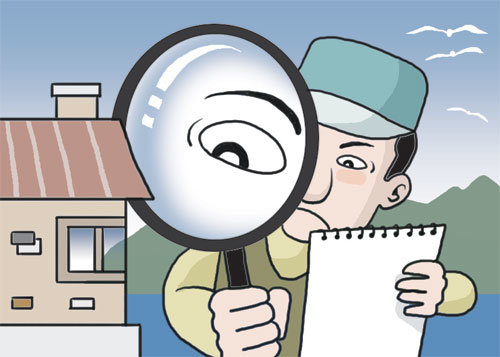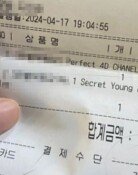A look into households
A look into households
Posted April. 26, 2019 07:55,
Updated April. 26, 2019 07:55

I work on researching on marine culture at fishing villages from the start of every year. Summer is a difficult time for me, however, because I have to perform a “special research” on locals after I’ve grown closer to them.
The research involves photographing of all the items in the household, writing down where they are placed, when they were acquired, their use and features, price and size. The items range from food in the refrigerator to love letters and even underwear. I have to record farming tools stored in greenhouses, fishing vessels tied to the harbor, various fishery tools, goods loaded in cars and other gadgets that are owned by the family. Three to four researchers spend the whole day almost every day, picking up and setting aside families’ belongings.
Who in their right minds would allow this bizarre work? The task itself is loaded with challenges even if I manage to convince the locals and get their approval. Owners get frustrated as they watch their household belongings move back and forth and get hassled by questions. It takes patience to convince the owners who regret their decisions.
The research is conducted to figure out who, when, where, why such objects are used for what specific purposes to understand their meaning. A receipt or memo can become a key tool to describe an individual’s life. The special relationship between people and their belongings can become an answer to understand people and their space. Since the recordings become a ‘time capsule’ that describes the lifestyle of modern day living, this work is also meaningful for future generations.
A few years ago, I was researching at a house where Japanese sailors had lived in during the Japanese colonial rule. When I peered inside of the window, I was astonished to discover many objects and furniture that had been used at that time. I invested several months researching that house. I approached the owner when he rested under the shades and visited his house several times. After some months he finally relented, but I faced a very big hurdle on my first day. The entrance of the house was filled with garbage and all of the rooms were jammed with odds and ends, making it impossible for me to even step inside the house. No wonder, as it was used as a warehouse for more than three decades. It took one week for four researches to clean the place. We removed decades of dust, cleared the bodies of dead rats and bugs, threw away the garbage, which filled up an 8-ton truck.
I was amazed after inspecting the objects one by one. The building resembled a modern history museum. It was like travelling back 70 to 80 years back in time. After recording the objects, I looked for every way to preserve the historical building but to no avail. Later I left the village and the memory grew forgotten as I moved on to other fishing villages to continue my research. I’m planning to pay a visit to that beloved place. I hope that the building is still there.







